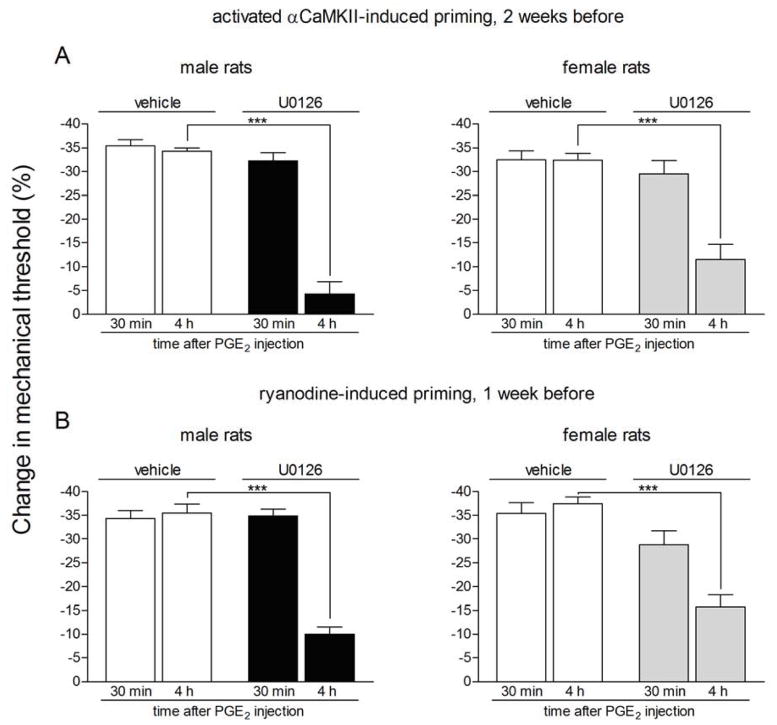Figure 5. Prolonged phase of PGE2-induced hyperalgesia is dependent on the MEK/ERK pathway in rats previously treated with activated αCaMKII or ryanodine.
Different groups of rats that were treated with intradermal injection of activated αCaMKII (25 ng, panel A) or the ryanodine receptor agonist (1 μg, panel B) on the dorsum of the hind paw two or one week prior, respectively, received PGE2 (100 ng), at the same site, 5 min after the injection of vehicle or U0126 (1 μg). Mechanical nociceptive thresholds were evaluated 30 min and 4 h after PGE2, by the Randall-Selitto paw withdrawal test. We observed, in all cases, significant attenuation of the hyperalgesia induced by PGE2 at the 4th h (***p < 0.001) in the groups pretreated with the U0126 (panel A, male rats: F1,10 = 85.58, p < 0.0001; female rats: F1,10 = 20.37, p = 0.0011; panel B, male rats: F1,10 = 40.34, p < 0.0001; female rats: F1,10 = 25.35, p = 0.0005), when compared to the vehicle groups (two-way repeated measures ANOVA followed by Bonferroni post-test, n = 6 paws per group), indicating a role of the MEK/ERK pathway in the prolongation of PGE2 hyperalgesia in the primed condition.

